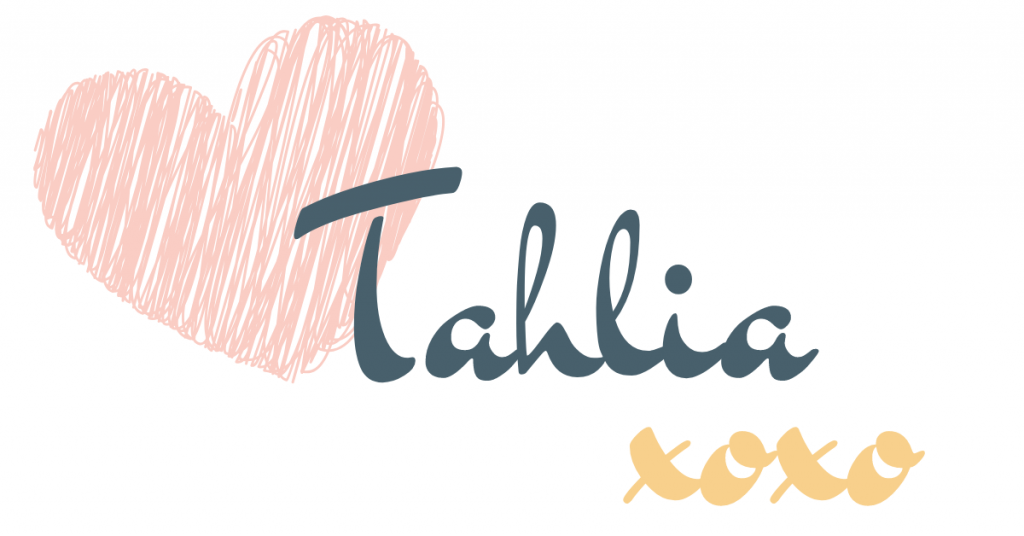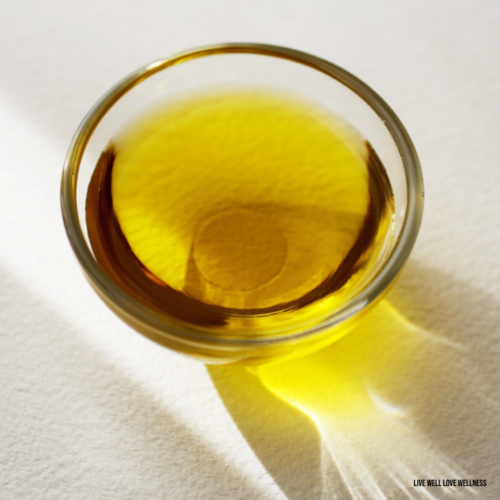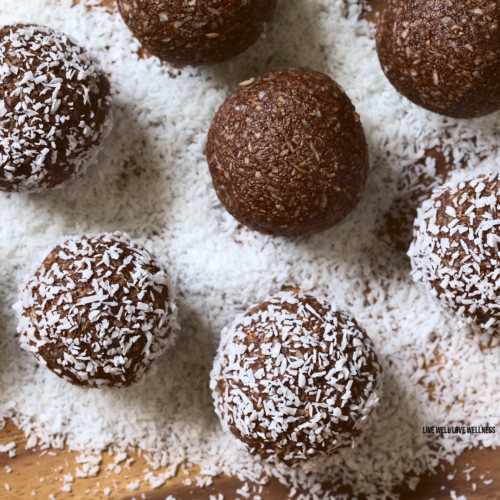Bio oil for stretch marks was the first choice for me when I started looking into available products to support my pregnant belly.
It is so amazing to watch your belly grow over the 9 months of pregnancy but this doesn’t happen without the stretching and the itching.
So I was determined to look after my skin to hopefully save myself from stretch marks!
I used bio oil for stretch marks for sometime, at face value it appeared natural with many supportive oils in it.
When I used bio oil I was trusting that the product was safe, until I became aware of the ingredients lurking within.
I am excited to share my findings with you today.
Bio oil for stretch marks
Many people out there use Bio Oil and this is why I’d never (yes I did use it for awhile before educating myself and finding something WAY better) use it again…!! Complements of the beautyblogger.com they have nicely depicted the ingredients and this is what they found….
“First of all, Bio Oil touts itself as a miracle product to erase stretch marks, take care of aging skin, uneven tone, etc. It claims to have a revolutionary ingredient called PurCellin Oil that will just do wonders for the skin. The 2 ounce bottle sells for around $12. That’s not crazy considering the price of other ineffective “miracle” products on the market, but once you find out what is in it and how potentially harmful it could be, you’ll definitely want to save that $12.
Let’s take a look at Bio Oil and break down what is in it. The ingredients in red are the most cause for concern:
- Paraffinum Liquidum–This is crude oil, liquid paraffin. When you use it, you’re basically applying liquid fuel to the skin. It may feel good on the skin as these products often do because they are occlusive and provide that barrier. This really, though, serves no benefit to the skin and there are many better natural oils on the market.
- Triisononanoin–a skin conditioner that helps other ingredients absorb more thoroughly into the skin
- Cetearyl Ethylhexanoate–a benign skin and hair conditioning agent
- Isopropyl Myristate–this is a binding agent that is safe, but is often derived from animals.
- Retinyl Palmitate–Vitamin A.
- Tocopheryl Acetate–Vitamin E.
“You are far more worthy than what chemicals have to offer, nurture your belly with nature”
Tahlia Esler
- Anthemis Nobilis Flower Oil–Oil from the chamomile flower. While it is great on sensitive skin in general, many find the scent causes sneezing and hay fever like symptoms. Unlikely to be pure.
- Lavandula Angustifolia (Lavender) Oil–soothing oil if pure and this is unlikely.
- Rosmarinus Officinalis (Rosemary) Leaf Oil–a great antiseptic and antibacterial oil if pure and this is unlikely.
- Calendula Officinalis Flower Extract–calms and clarifies if pure and this is unlikely.
- Helianthus Annuus (Sunflower) Seed Oil–a great multipurpose oil for the skin if it pure and this is unlikely.
- Glycine Soja (Soybean) Oil–a great multipurpose oil for the skin, however may be GMO.
- BHT–Chances are you have heard of a toxic chemical being removed from many nail polishes on the market called toluene. BHT has essentially substituted toluene. It is harmful. According to the National Library of Medicine HazMap, BHT is considered to be a “known immune system toxicant.” Animal studies have also shown that in low doses, BHT causes negative effects on the brain and nervous system. This study was published by the Journal of Medicinal Chemistry in 1980 and has yet to be refuted. There are a host of bans and restrictions on BHT across the globe, yet it is still used here. What troubles me most is that Bio-Oil is used by many pregnant women on stretch marks and one has to wonder about the effect it may have on unborn children.
- Bisabolol–Skin conditioning; a terpene (hydrocarbon); can be anti-irritating. Not great, but not a horrible ingredient either.
- Parfum–artificial fragrances like this are the leading cause of skin reactions.
- Amyl Cinnamal–a highly allergenic fragrance ingredient is an alcohol, even though the label doesn’t say “amyl cinnamal alcohol” as it should. Also a known toxicant to the immune system in humans.
- Benzyl Salicylate–UV absorber. Does have salicylic acid as a component, which is not to be used by pregnant women.
- Citronellol–masking agent.
- Coumarin–You may not be familiar with the name Coumarin, but are probably familiar with its relatives, Coumadin or Warfarin, blood thinning medication and Tonka Bean, fragrance ingredients. In high doses, all can be lethal. Coumarin is found in the seeds of the Tonka Bean. Coumarin is on the EU’s list of banned and/or restricted ingredients and several studies have shown there to be many systemic effects in low doses. To think that this is in here and may very well be absorbed into the bloodstream is very alarming, especially since there are links to cancer. This is found in this product as a fragrance ingredient.

- Eugenol–a denaturant and fragrance component. Highly toxic. On the EU’s banned/restricted list. The National Library of Medicine HazMap calls this a “known human immune system toxicant.”
- Geraniol–Masking fragrance, toning agent. Known to be a strong toxin; banned or restricted in other countries; a known environmental toxin.
- Hydroxycitronellal–Yet another masking fragrance! A known immune system toxicant; also banned or restricted in the EU and other areas.
- Hydroxyisohexyl 3-Cyclohexene Carboxaldehyde–fragrance component.
- Limonene–skin sensitizer; for perfume. Restricted/banned in other countries.
- Linalool–Masking fragrance; shown to be hazardous, banned/restricted for use in other countries.
- Alpha-Isomethyl Ionone–although it is banned and/or restricted in the EU, there is very little research on this and is considered relatively safe.
- CI 26100–This is officially classified by the FDA as a red colorant (Red 225) and data has shown this to have bioaccumulative effects and would not be considered eco-friendly by any stretch.
So what do we use instead of bio oil?
I used a combination of doTERRA essential oils and fractionated coconut oil throughout my pregnancy (you can use a natural carrier oil of your choice like a jojoba oil or sweet almond etc.) and I can gladly report…..no stretch marks! Yay!
So I used frankincense, lavender and geranium!
This combination smelt amazing and nourished my skin.
Not only did it support my skin but the essential oils absorb into the body and you benefit from all the other supportive properties such as immune support, cellular support, etc.
I used 2 drops of each essential oil in coconut oil and rubbed it all over my tummy, sides of legs…anywhere that was prone to stretching!
So why essential oils over bio oil for stretch marks?
Well….hopefully now after seeing the long list of concerning ingredients in bio oil you can appreciate why I needed to create awareness around this product.
What we put on our body finds its way to baby and as a mother to be I was not prepared to intoxicate my baby or myself.
Consciously consuming and using safe, natural products whilst pregnant is so important.
I was not keen to put chemicals like that anywhere near my baby!
Hoping you feel the same!
If you want to get your hands on some safe, pure, nurturing essential oils (the ones that I used) at a 25% discount click below:
Much love and happiness.





